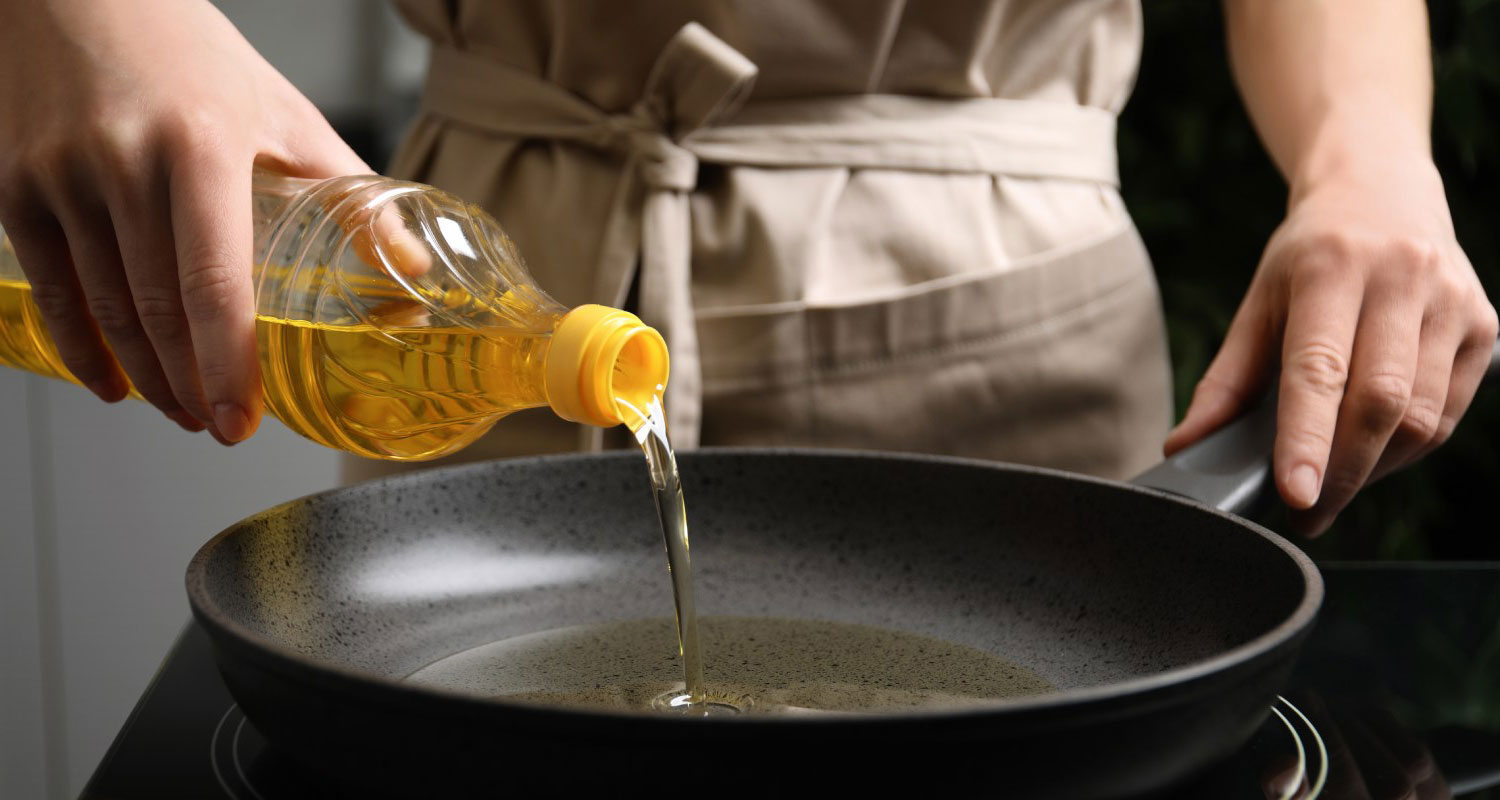Today, we’ll discuss an important topic for every cook: cooking oil. Which oil to use for frying, which oil is best for frying, and what else is important to consider besides the oil.
What’s important to consider when choosing cooking oil?
- Smoke point
- Oxidative stability of the oil
- Heat transfer of the pan material you’re frying on, for example, pancakes.
Smoke Point
Oil reaches its smoke point when it begins to smoke and break down. Once it passes this point, it starts to release free radicals that can cause cell damage in the body.
Examples of such oils: Avocado oil is good for shallow frying. Along with coconut and olive oil, avocado oil is a good oil for shallow frying. Avocado oil contains high levels of monounsaturated fats, which means it remains fairly stable when heated.
Oxidative Stability
There are also studies suggesting that smoke point may not be the most important safety factor for oils when heated. Oxidative stability is more important than smoke point when it comes to how healthy cooking oils are. Coconut oil is 92% saturated fat, and its resistance to oxidation makes it a stable cooking oil. One study showed that coconut oil remains stable even after 8 hours of deep frying.
Clarified butter and ghee also fall into this category.
Frying Pan
If you’re using a thin pancake pan, I have bad news for you – any healthy oil will burn on it, and to cook anything resembling healthy pancakes on such a pan, you’ll have to remove all oil residues after frying each pancake and reapply it.
A safe pan would be a cast iron pancake pan that you’ll use on a gas stove.
So, to fry pancakes safely, use a thick-bottomed pan (preferably cast iron) and moderate temperature up to 200°C, as well as oil:
- Extra virgin olive oil
- Cold-pressed coconut oil
- Avocado oil
- Clarified butter or ghee






0 Comments